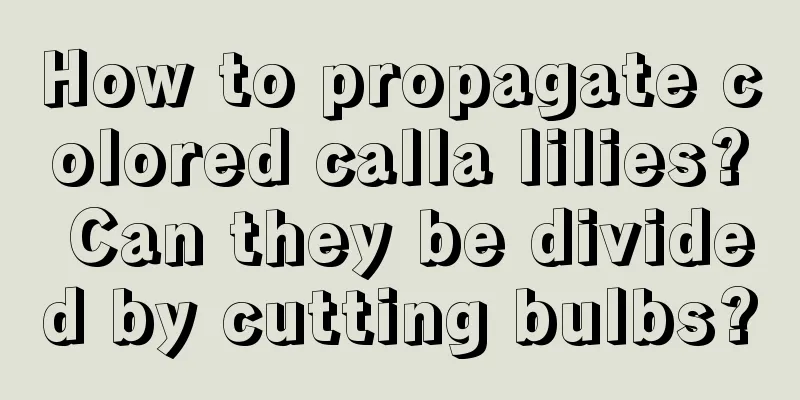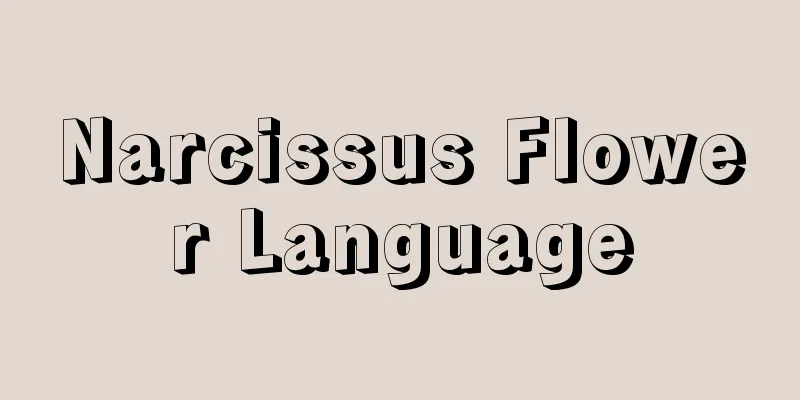How to use sodium hypochlorite disinfectant and precautions

|
Sodium hypochlorite disinfectant is a liquid disinfectant with sodium hypochlorite as the main ingredient. It can kill intestinal pathogens, pyogenic cocci, pathogenic yeasts, and inactivate viruses. Below, the editor will introduce the usage and precautions of sodium hypochlorite disinfectant. Let’s take a look. 1. How to use sodium hypochlorite disinfectant 1. Dilution Sodium hypochlorite disinfectant usually needs to be diluted before use. The specific dilution ratio should be based on the product instructions or professional advice. Generally speaking, the dilution ratio used for environmental disinfection is lower, while the dilution ratio used for disinfection of medical devices, surgical instruments, etc. is higher. 2. Soak and wipe For items that need to be disinfected, they can be disinfected by soaking or wiping. Soak the items in diluted disinfectant, or wipe the surface of the items with a cloth soaked in disinfectant to ensure that the disinfectant is in full contact with the items. 3. Spray disinfection For air and space environments, a sprayer can be used to spray diluted disinfectant into the air to kill microorganisms in the air. 2. Precautions 1. Safety protection Sodium hypochlorite disinfectant is irritating and corrosive. When using it, you need to wear protective glasses, gloves and a mask to avoid direct contact of the disinfectant with your skin and eyes. 2. Proper storage Sodium hypochlorite disinfectant should be stored in a cool, ventilated, dry place, away from fire and flammable items. At the same time, avoid direct sunlight and high temperatures to prevent the disinfectant from decomposing and becoming ineffective. 3. Avoid mixing with other chemicals Sodium hypochlorite disinfectant may react with certain chemicals to produce harmful gases or reduce the disinfection effect. Therefore, it should be avoided to mix with other chemicals during use. 4. Regular replacement Using the same bottle of disinfectant for a long time may cause the concentration of the disinfectant to decrease, affecting the disinfection effect. Therefore, it is recommended to replace the disinfectant regularly to ensure the disinfection effect. 5. Follow the instructions for use Different brands of sodium hypochlorite disinfectant may have different usage methods and dilution ratios. When using, be sure to follow the product instructions or professional advice and do not change the dilution ratio or usage method at will. The above is the usage and precautions of sodium hypochlorite disinfectant. Sodium hypochlorite disinfectant is a chlorine-containing disinfectant, commonly used for disinfection of the environment, surfaces of objects and food. It is an external disinfectant and cannot be taken orally. It must be used correctly according to the instructions.
|
<<: How to hydroponically cultivate Monstera? Can it survive hydroponically?
>>: The correct steps for cutting Monstera and how to care for it after cutting
Recommend
How to water lily in winter
Watering lilies in winter Lilies need to be water...
Can a small fortune tree grow up? Pictures of small fortune trees
1. Can a small fortune tree grow big? A small mon...
When is the best time to plant sunflowers?
The sunflower, also known as pine peony and half-...
How to change the small pot of the Money Tree into a big one?
The money tree is a common ornamental green plant...
Can green radish be planted in the ground?
Can green radish be planted in the ground? Green ...
Can Jabuticaba be planted in pots?
Can Jabuticaba be planted in pots? Jabuticaba can...
How to prune yew bonsai
1. Pruning method 1. Bud removal: After the yew b...
How and when to grow onions
Onion is a common vegetable in our daily life. Du...
What is hemp?
1. What is hemp? Hemp is a herbaceous plant. It d...
Cultivation methods and maintenance matters of old mountain wood fragrance piles
How to grow mountain wood fragrance into an old p...
Cultivation methods and precautions of red-backed peperomia
Red-backed peperomia is a kind of succulent grass...
Diseases and Pests of Euphorbia pulcherrima and Their Control
Physiological diseases of Euphorbia pulcherrima F...
How to propagate forsythia and what to pay attention to
How to propagate jasmine When propagating Forsyth...
Can water bamboo be placed indoors?
1. Is it possible? This is a plant that prefers a...
How to get a high survival rate of Daphne koreana cuttings
Daphne koreana is also called Thousand Miles Osma...









